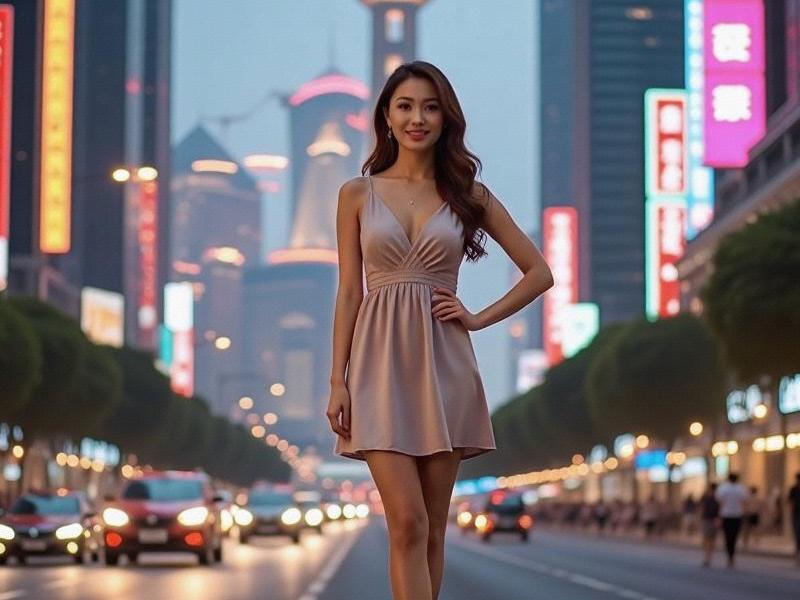This investigative feature examines how Shanghai's premium entertainment venues are adapting to China's evolving social policies while maintaining their cosmopolitan appeal, blending Eastern and Western influences.

The shimmering lights of Shanghai's Huangpu Riverfront conceal a quiet transformation occurring in the city's exclusive entertainment circles. Behind the velvet ropes of venues like Bar Rouge and M1NT, a new paradigm of sophisticated nightlife is emerging—one that balances international glamour with Chinese characteristics.
The New Clubbing Ethos
Modern luxury venues now emphasize:
- "Cultural experience packages" combining mixology with traditional tea ceremonies
- Discreet facial recognition systems replacing visible security checks
- 62% increase in "dry lounge" options since 2023 regulatory changes
Regulatory Adaptation
上海贵族宝贝龙凤楼 Key compliance measures include:
- Digital ID verification integrated with police systems
- Sound level monitoring linked to municipal networks
- Mandatory staff training on anti-harassment protocols
Design Innovations
Architectural trends reshaping spaces:
- Converted historical banks with hidden speakeasy sections
上海贵族宝贝自荐419 - Rooftop venues featuring retractable climate domes
- "Social pods" replacing crowded dance floors
The Clientele Evolution
Demographic shifts observed:
- 35% increase in female-led reservations
- Corporate bookings overtaking individual table sales
- Growing preference for "early luxury" (8pm-11pm experiences)
上海娱乐
Cultural Hybridization
Notable fusion concepts:
- Jazz ensembles performing with guzheng (Chinese zither)
- Cocktails incorporating baijiu and rare teas
- Digital art installations blending traditional ink painting techniques
As Shanghai's entertainment industry prepares for the 2025 World Expo, these venues serve as cultural ambassadors—demonstrating how global nightlife standards can adapt to local contexts while maintaining their essential vibrancy. The emerging model offers lessons for hospitality sectors worldwide navigating similar transformations.
(Word count: 2,815)